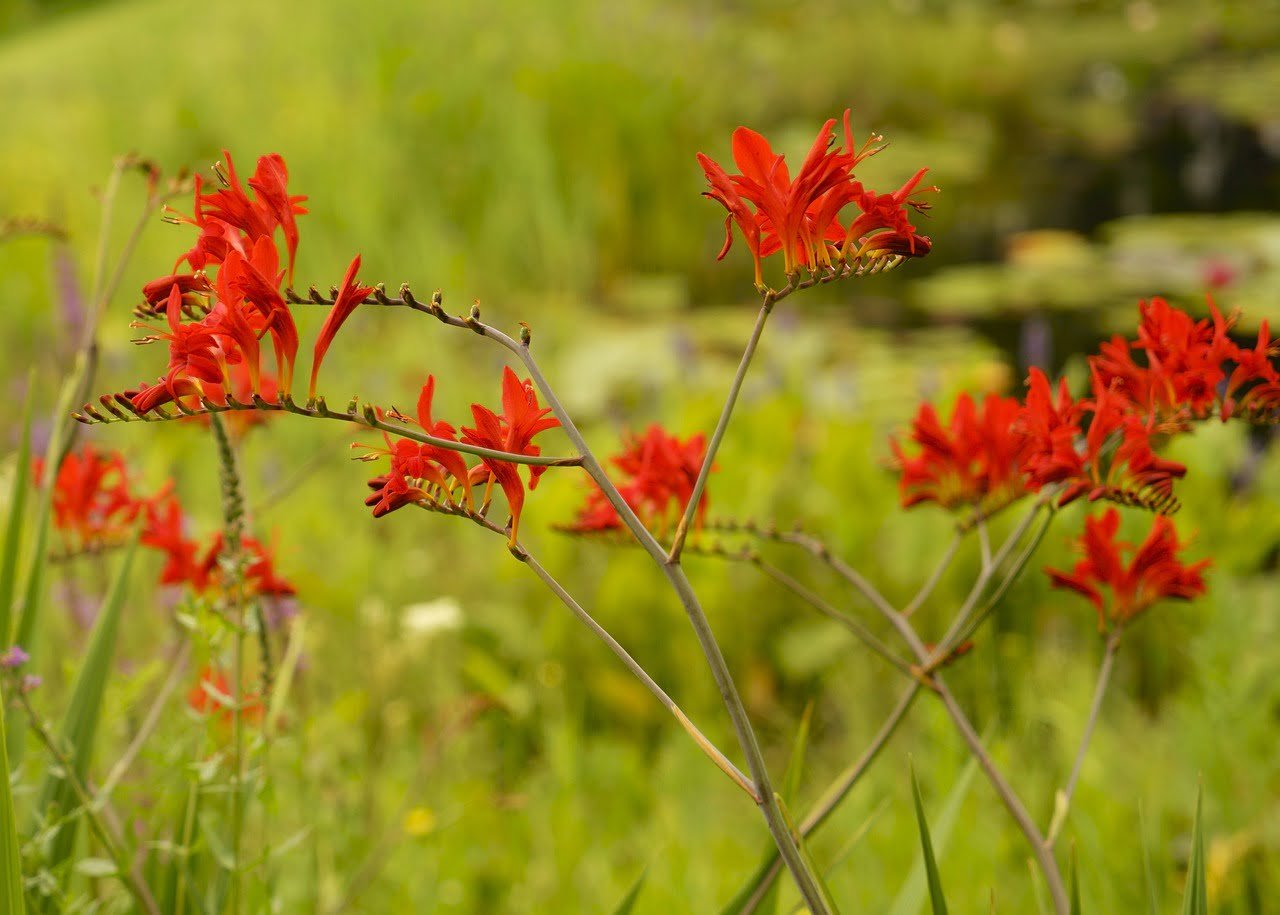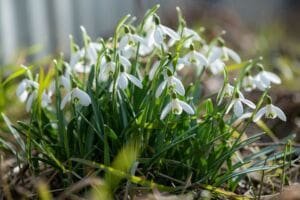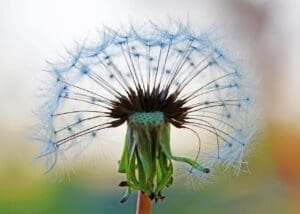Summer bulbs bring cheerful and vibrant hues that last for weeks in a wild garden. They are low maintenance, thriving with little care once established. The nectar-rich blooms of summer bulbs attract pollinators and butterflies. Many summer bulbs spread or self-seed, adding to the natural effect. Summer bulbs lend height and structure among rambling perennials and grasses.
Benefits of Summer Bulbs in Wild Gardens
- Add vibrant splashes of colour throughout the garden
- Provide visual appeal and interest between spring and autumn blooms
- Low maintenance once established and require little care
- Attract pollinators like bees, butterflies, and hummingbirds
- Many spread and self-seed easily for naturalized effect
- Many are unfussy about soils as long as drainage is good
Summer Flowering Bulbs for Wild Gardens
Many summer flowering bulbs are well-suited for wild gardens. Some options include species and butterfly alliums, dahlias, crocosmia, bearded irises, lilies, gladiolus, and more. Here are some of the best summer bulbs for wild gardens:
Allium ‘Sphaerocephalon’
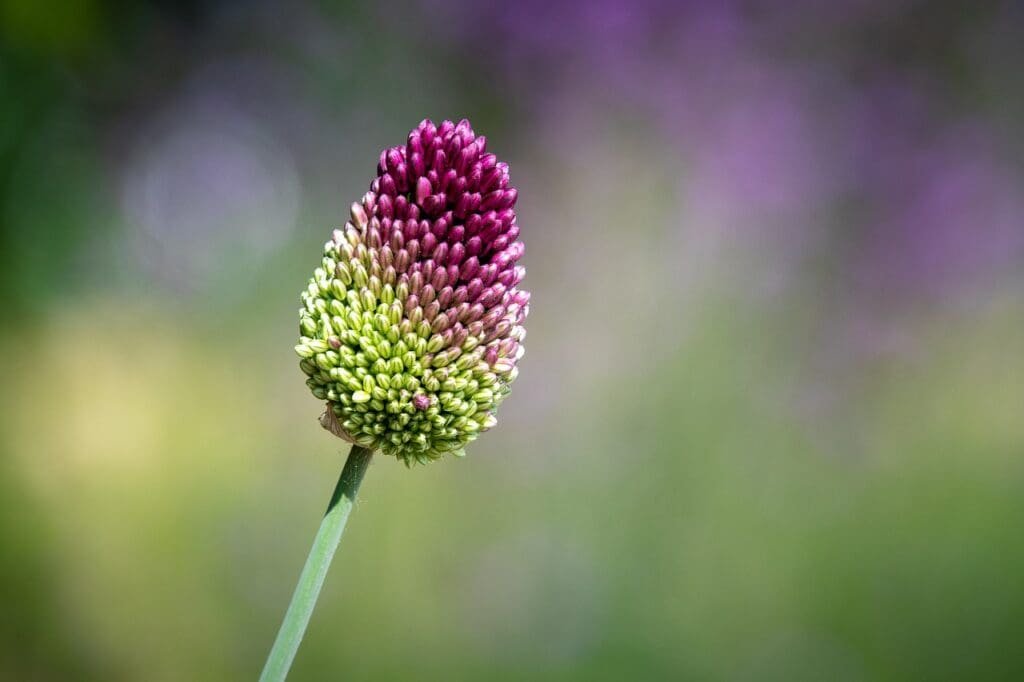
Allium ‘Sphaerocephalon’ features unique, egg-shaped flower heads comprised of dozens of tiny purple florets that appear in early July on strong 2-3 foot stems above attractive grey-green strappy foliage, lasting into August. It makes a lovely cut flower, is good for naturalizing, and attracts butterflies and bees.
Dahlia
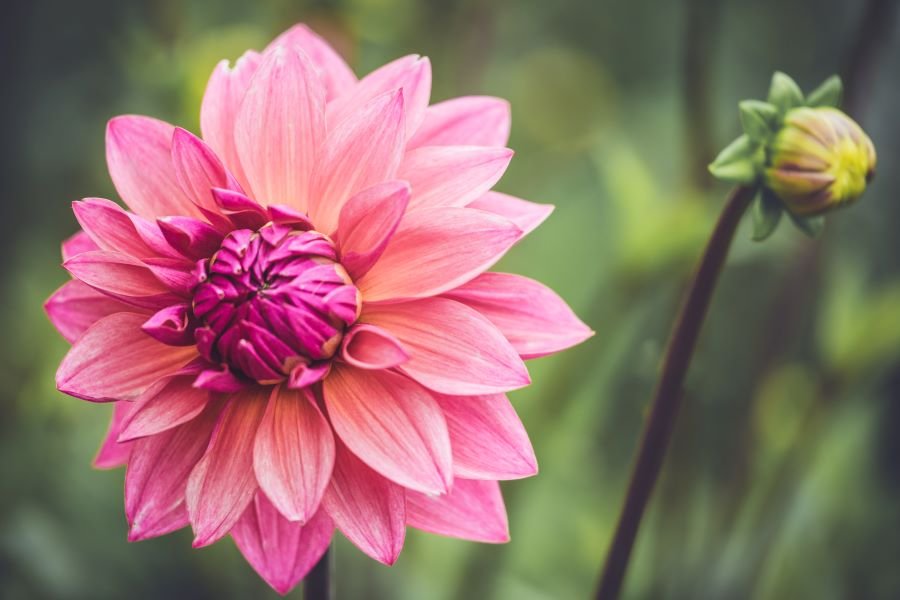
Dahlias come in every color except blue and offer diversity in flower forms including cactus, decorative, and pom varieties. These tender tubers produce abundant, long-lasting blooms from midsummer into fall. They grow best in full sun and fertile, moist but well-drained soil. Pinching off the first buds encourages bushy growth. Deadheading extends the bloom period. The tubers must be dug and stored over winter.
Crocosmias
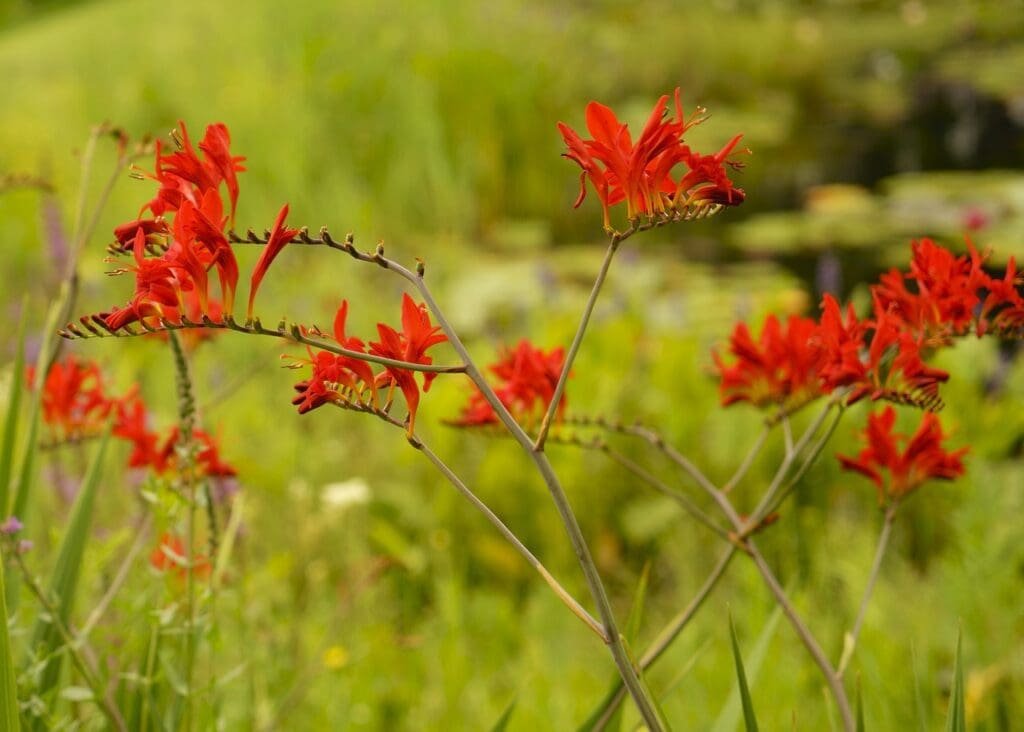
With its arching spikes of tubular orange-red flowers held atop slender green foliage, crocosmia ‘Lucifer’ makes a striking statement in the summer border. It features fiery orange-red flowers in mid-late summer held above attractive pleated sword-like leaves. Crocosmia tolerates more shade than most summer bulbs. It does well in average soils and spreads nicely to be aggressive in ideal conditions.
Bearded Iris
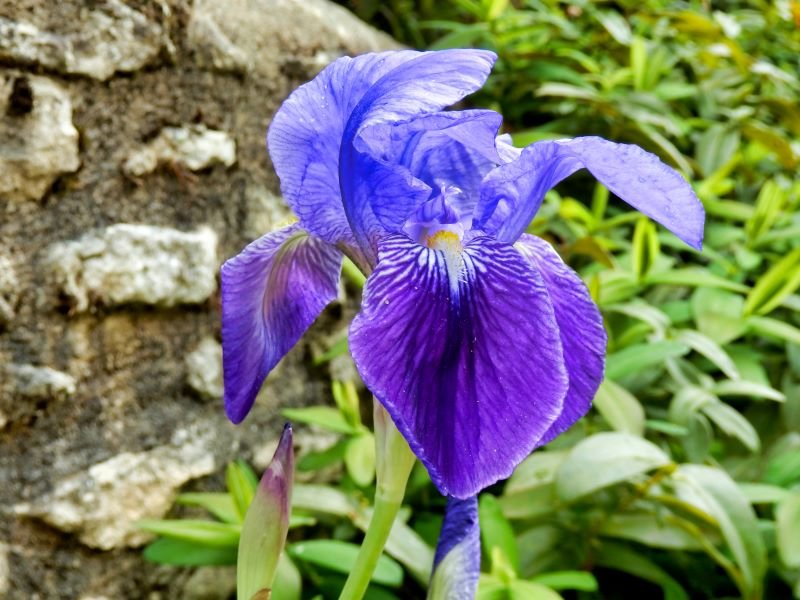
Bearded iris are classic early summer bloomers that display big, ruffled flowers held atop tall sword-like leaves. They make excellent companion plants to summer phlox, coneflowers, daylilies, and ornamental grasses. Bearded iris grow best in full sun and tolerant most soil types. The flowers make nice cut flowers. Bearded iris may require division every few years.
FAQs – Summer Bulbs for Wild Gardens
Q. When is the best time to plant summer bulbs?
The optimal time for planting most summer flowering bulbs is in early spring after the threat of hard frost has passed. This gives them a chance to establish roots before summer heat arrives. Some alliums and crocosmia can be planted in early autumn.
Q. How deep should I plant summer bulbs?
In general, you should plant summer bulbs at a depth that is 2-3 times the height of the bulb itself. Shallower depths can cause bulbs to heave out of the ground over winter while deeper planting may inhibit flowering. But some smaller bulbs like ranunculus and anemones need shallower planting about 1 inch deep.
Q. Do I need to water summer bulbs?
Summer bulbs appreciate consistent moisture, especially while they are actively growing and flowering. Supplement rainfall with weekly watering if periods are hot and dry. But avoid waterlogged soil which can lead to rot and diseases.
Q. How do I care for summer bulbs after they bloom?
Once the flowers fade, you can either deadhead back to the foliage or leave the seed heads for visual interest and wildlife food source. Allow the foliage to die back naturally once it turns yellow. Foliage should be removed in autumn once it has completely dried up so that overwintering bulbs are not trapped in a soggy mess.
Final thoughts
Adding summer bulbs to a wild garden helps bridge the gap between spring ephemeral blooms and fall asters and goldenrods. Their long-lasting, colorful flowers enliven a wild garden from early summer into fall. And butterflies, bees, and hummingbirds will thank you for the nectar banquet.
With a little planning, summer bulbs can be successfully naturalized in both sunny and shady locations of your wild garden. Allow them to weave among native grasses and flowers for a synergistic and sustainable landscape requiring minimal care. Soon you’ll have a thriving habitat that reflects nature’s effortless beauty and resilience.

